Qutbuddin Baktiyar Kaki Dargah
Sufi Dargah (Shrine) From 13th Century
Description
Venturing past the towering gates of the Zafar Mahal, you will find a modest gateway. As you walk through the short gate, removed shoes in hand and bare feet on the white marble ground, colors spring up in greeting as you move deeper into the dargah complex. Pious worshippers, Muslims and the occasional Hindu, move throughout from the tombs of Sufi Saints (dargah) and the communal areas.
At the center is the dargah of Qutbuddin Bakhtiyar Kaki, the famous Sufi mystic. The dargah is second in importance only to that Khwaja Moinuddin Chisti, Qutbuddin's spiritual father, who is buried in Ajmer. Prayers in the form of colorful strings and offerings of flowers are given as petitions to the deceased holy men, who are believed to have the ear of Allah.
Coming on a Thursday or Sundays, the dynamic life of the dargah is on full display. Qawwali music hums and beats out in melodic rhythm, and the celebrations vibrate in the midst of the nightly occupants. Saturated with great historic significance, the Qutbuddin Dargah holds up a rich, lively tradition in this forgetful modern age.
At the center is the dargah of Qutbuddin Bakhtiyar Kaki, the famous Sufi mystic. The dargah is second in importance only to that Khwaja Moinuddin Chisti, Qutbuddin's spiritual father, who is buried in Ajmer. Prayers in the form of colorful strings and offerings of flowers are given as petitions to the deceased holy men, who are believed to have the ear of Allah.
Coming on a Thursday or Sundays, the dynamic life of the dargah is on full display. Qawwali music hums and beats out in melodic rhythm, and the celebrations vibrate in the midst of the nightly occupants. Saturated with great historic significance, the Qutbuddin Dargah holds up a rich, lively tradition in this forgetful modern age.
Quick Reference
- Period: 1236 AD
- Hours: Daytime | Occasional Evenings
- Cost: 0
- Attire: Modest Clothes (Pants for Men and Dupatta for Women)
Additional Information
Particular sections of the dargah complex are only accessible to men, and certain sections only to women, so be sure to follow the signs and instructions throughout the complex.

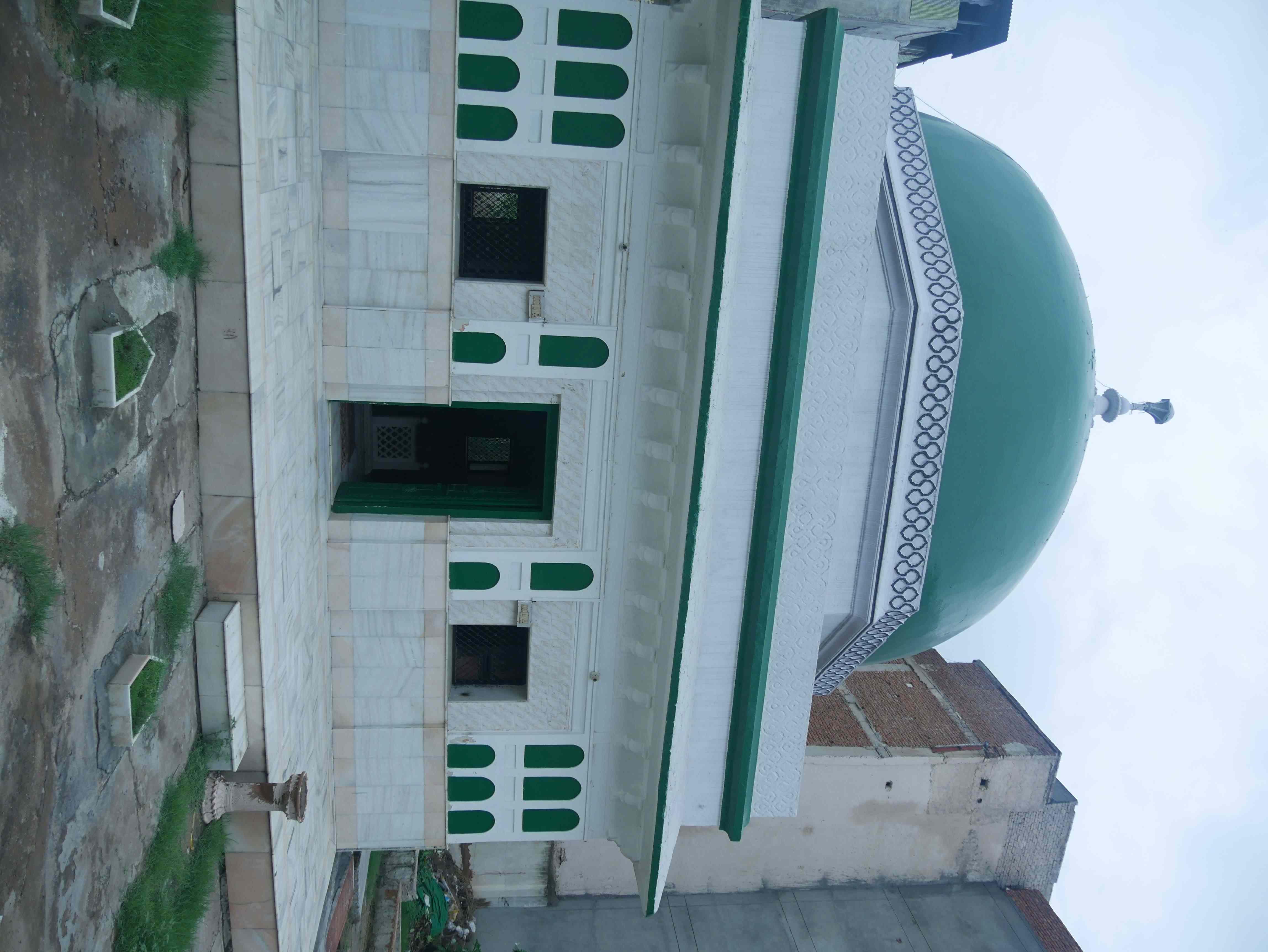
Abdul Haq Muhaddis Dehlavi Dargah
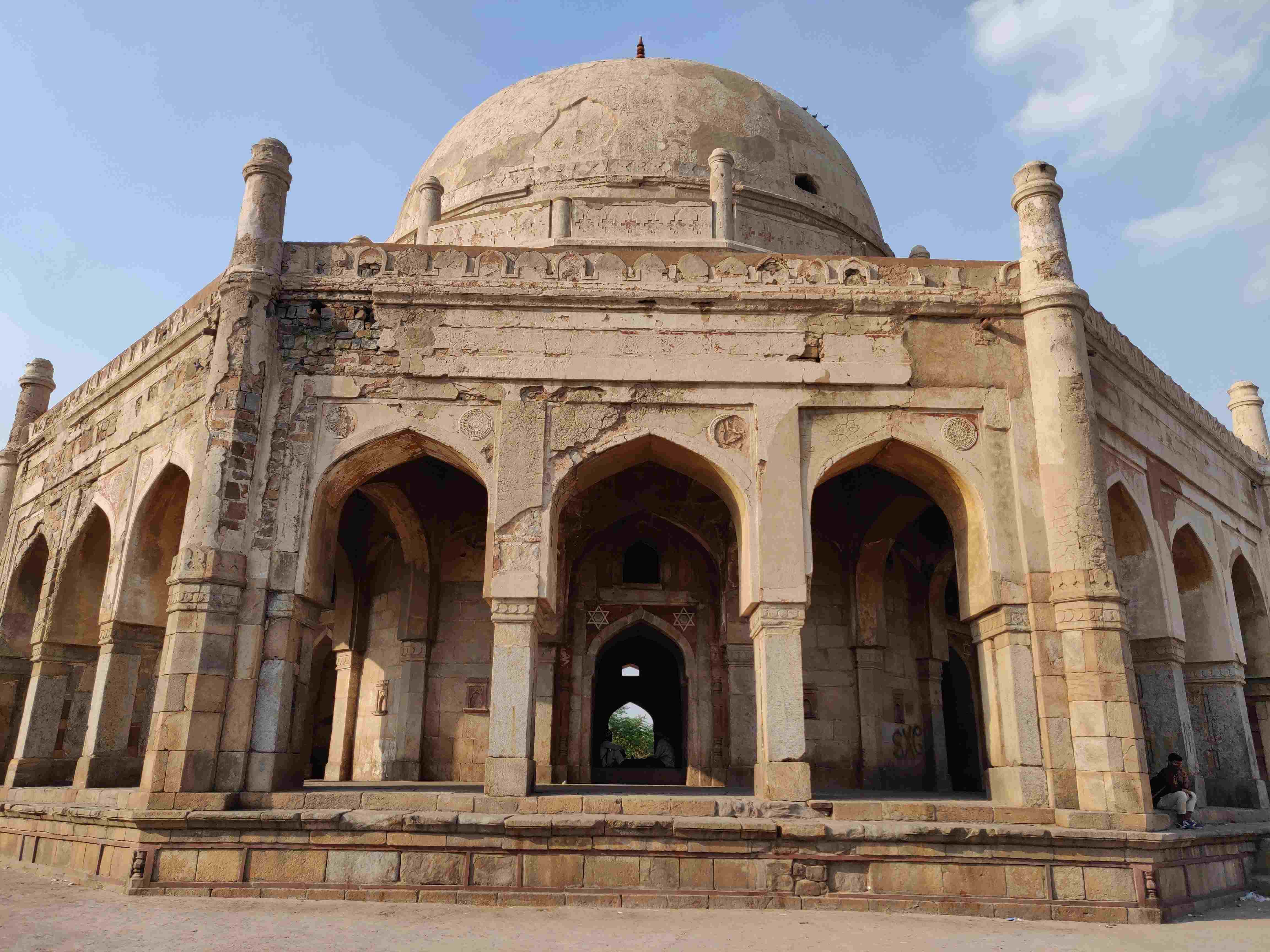
Adham Khan's Tomb (Bhool Bhulaiya)
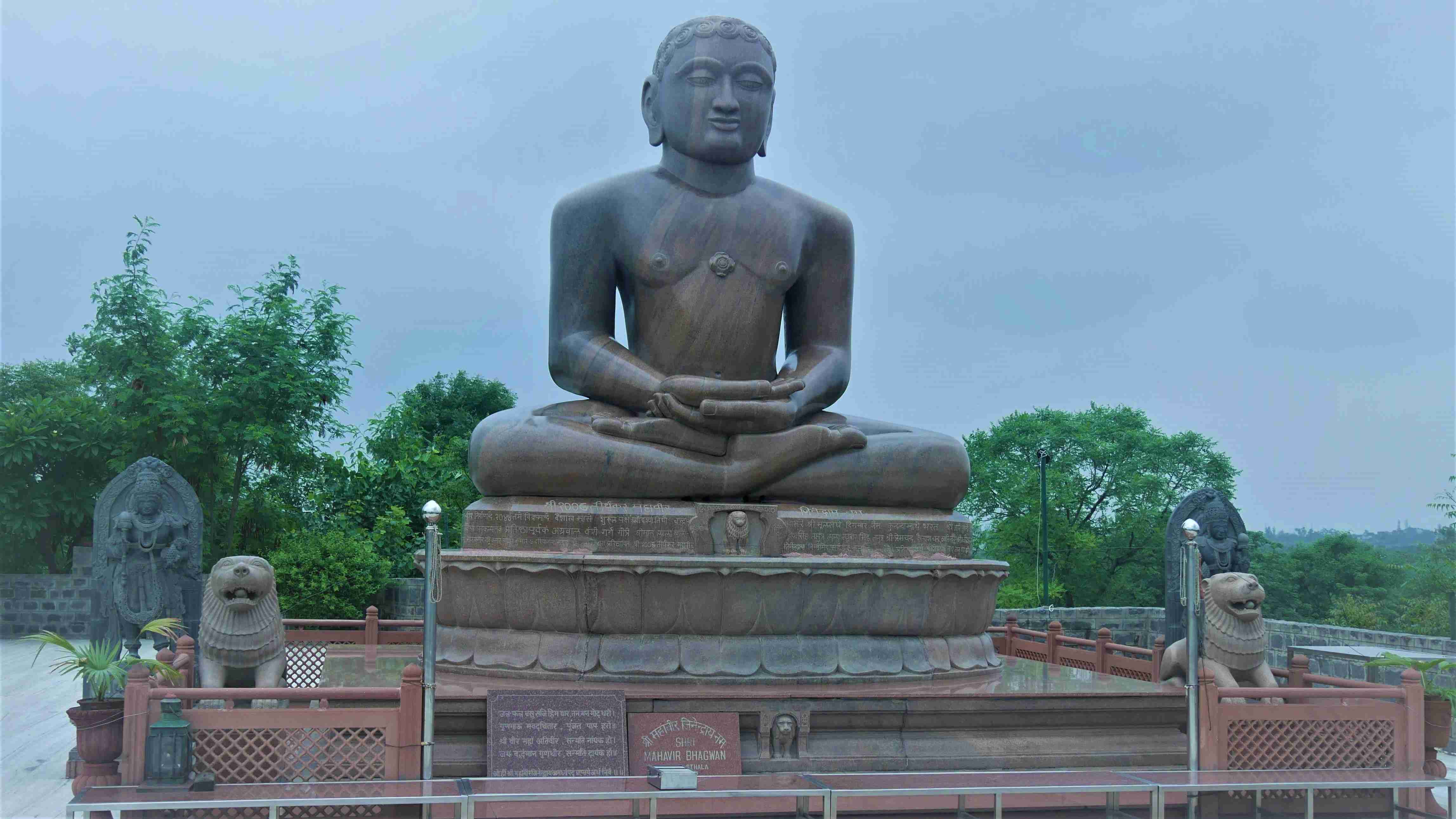
Ahinsa Sthal
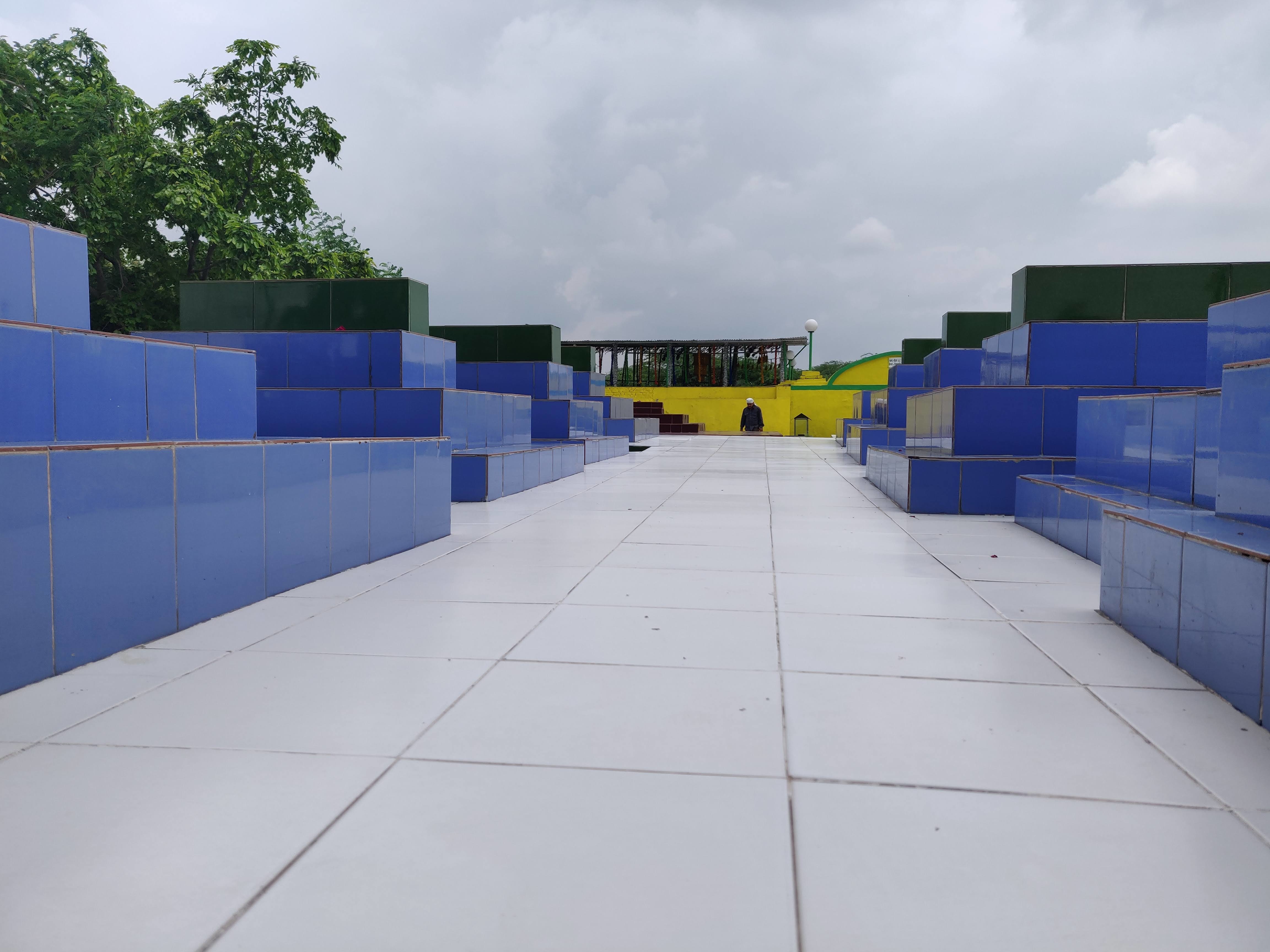
Ashiq Allah Dargah
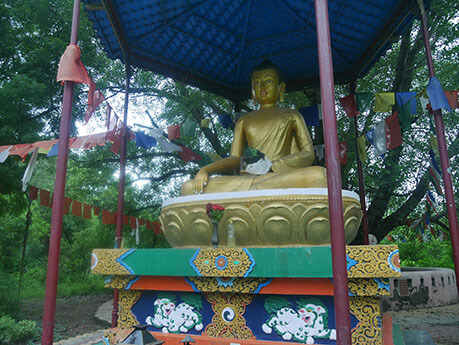
Ashoka Mission
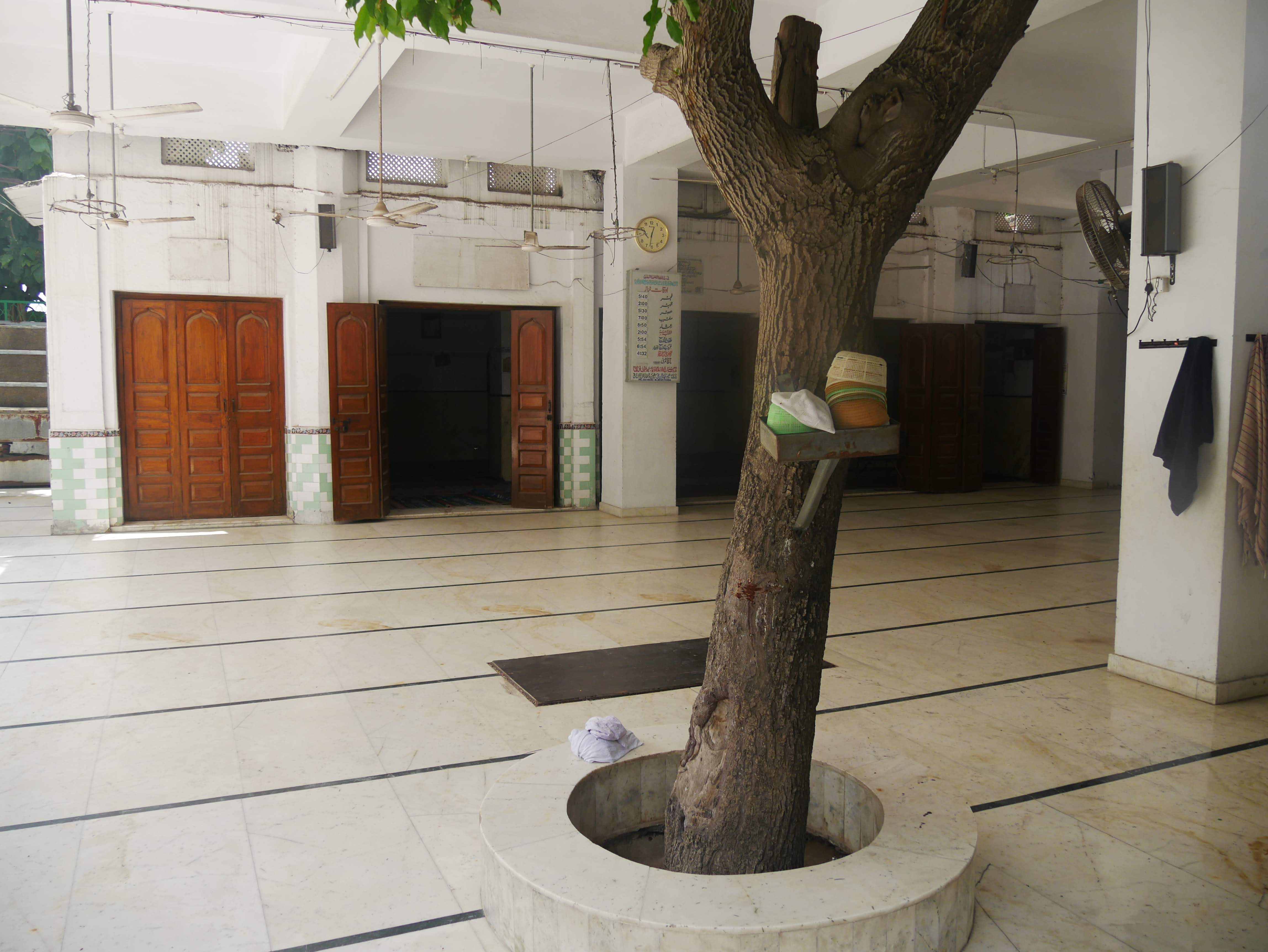
Auliya Masjid
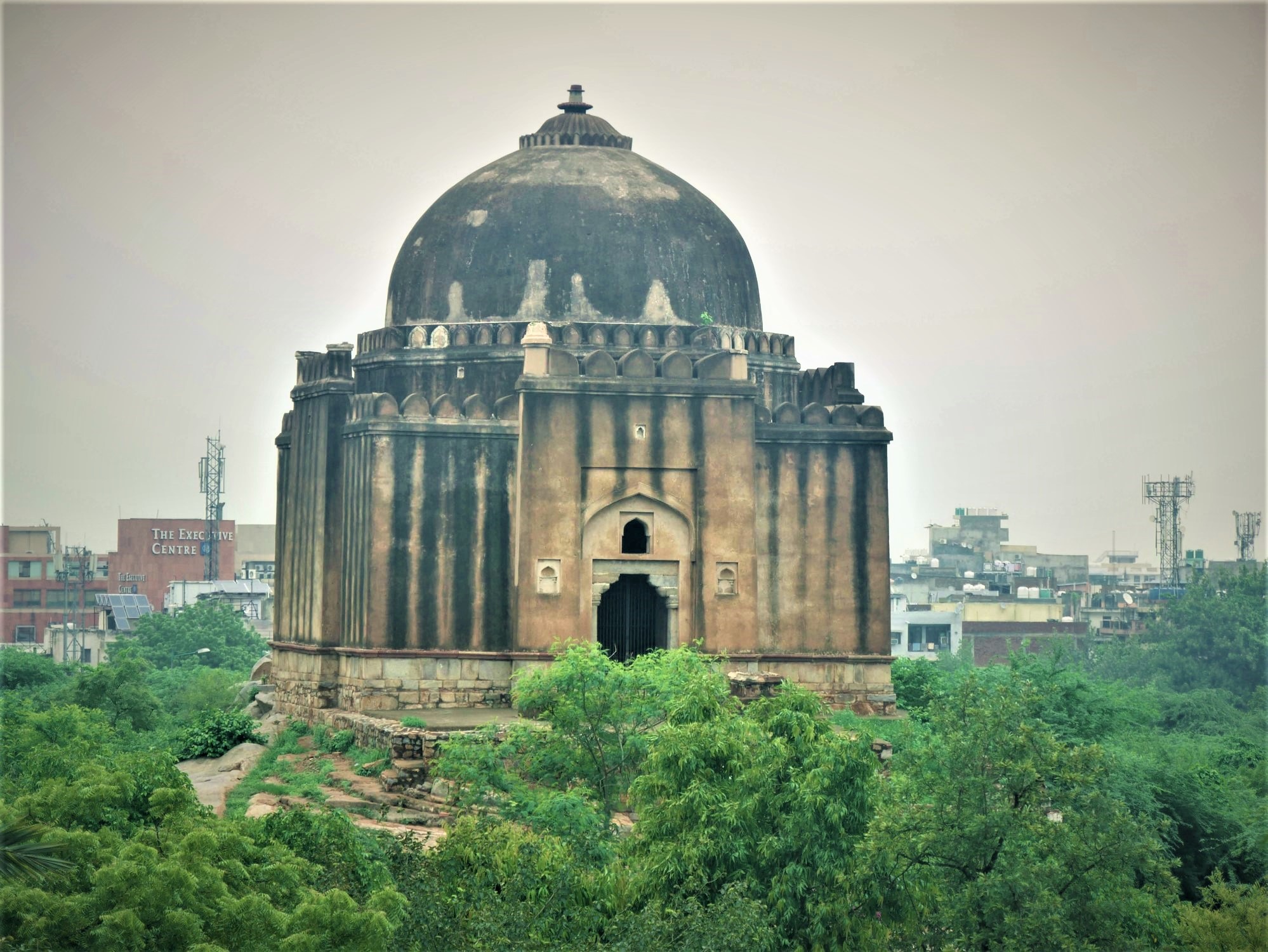
Azim Khan Tomb
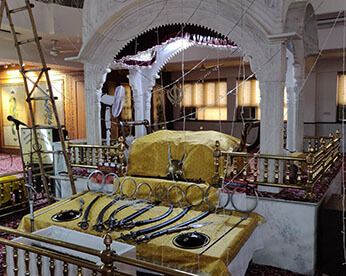
Baba Banda Singh Bahadur Memorial and Gurudwara
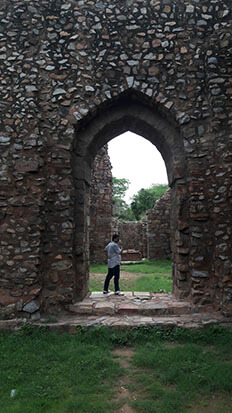
Balban's Tomb
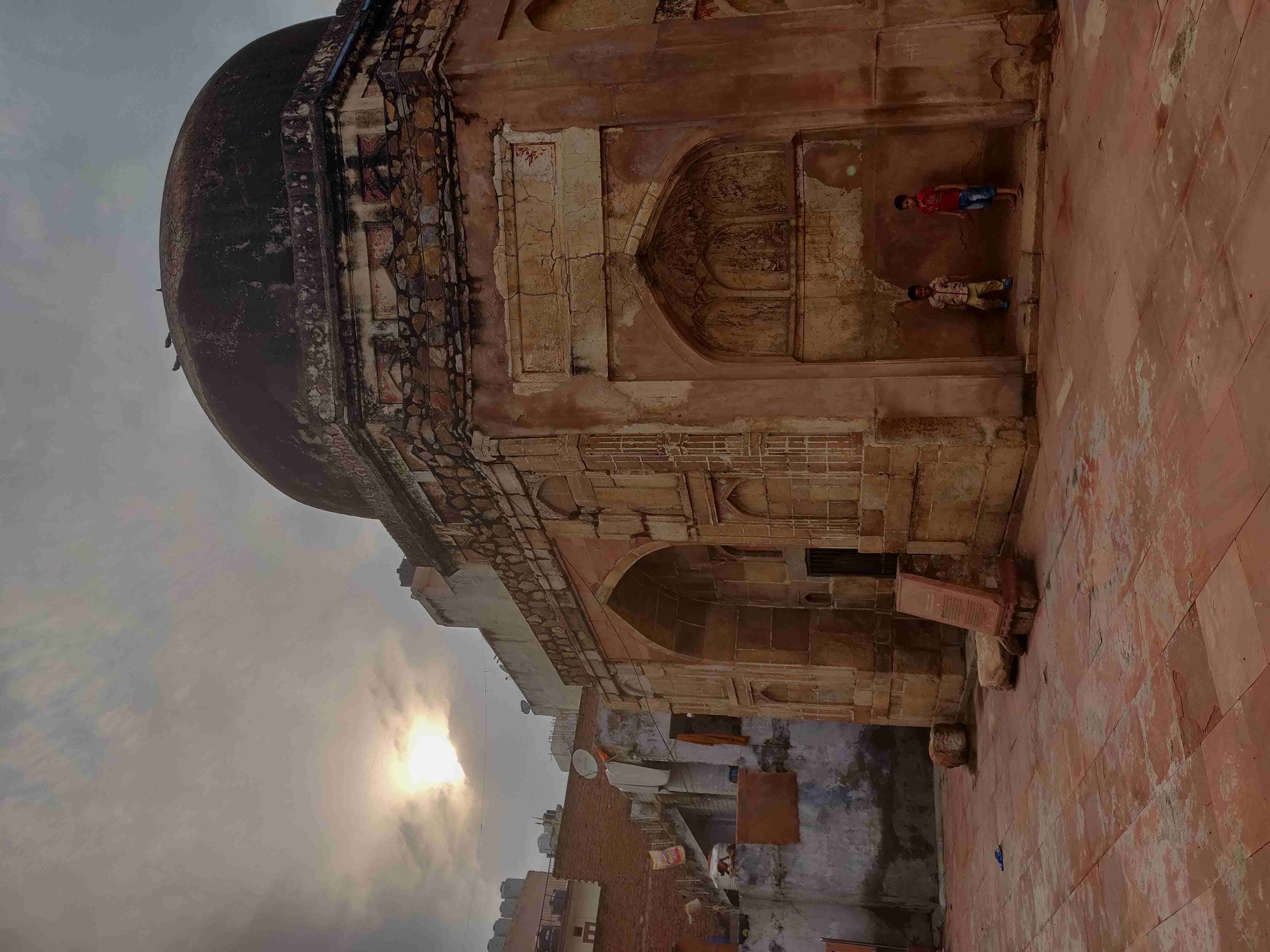
Chaumachi Khan's Tomb
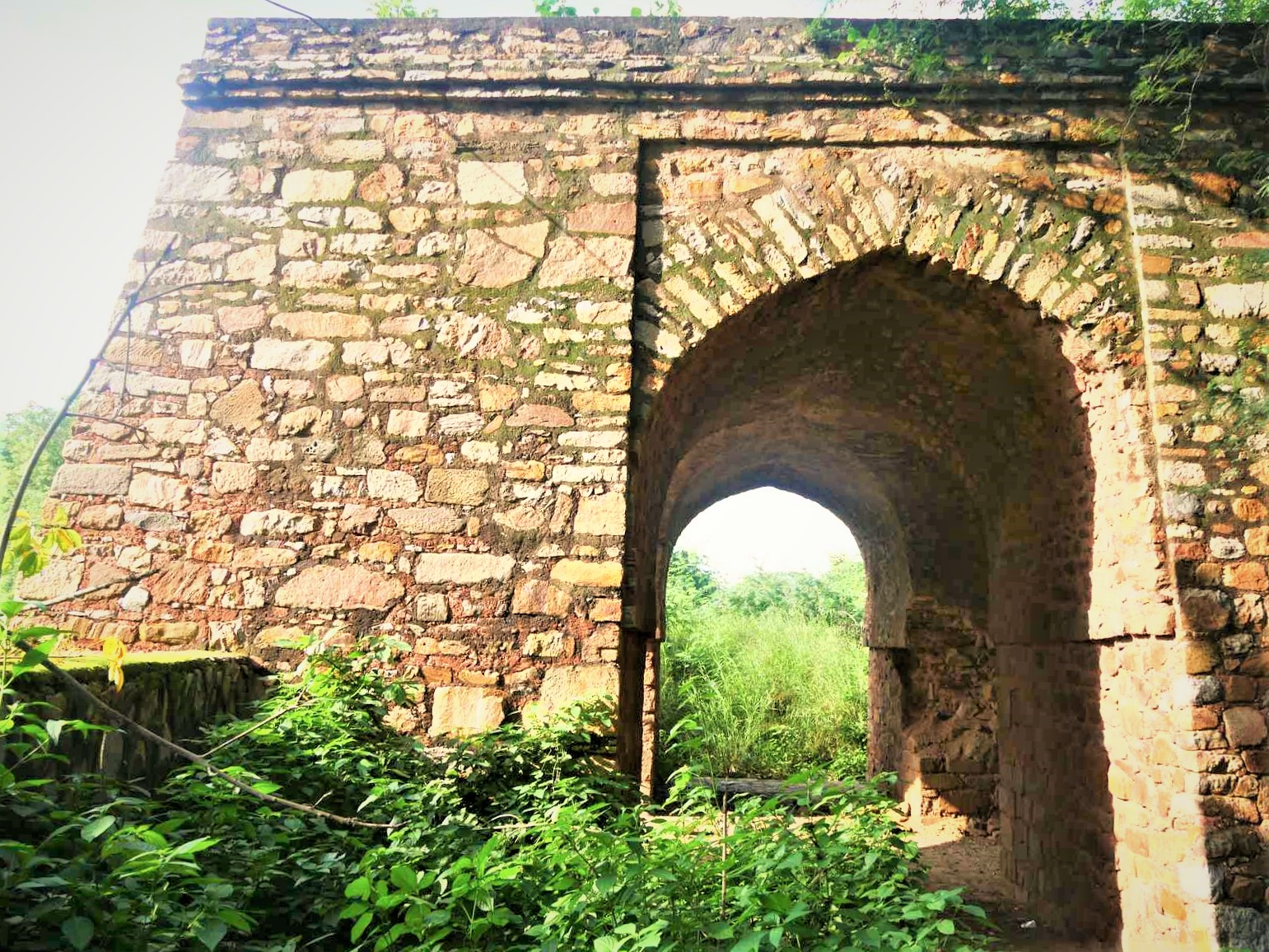
Chaumukha Darwaza
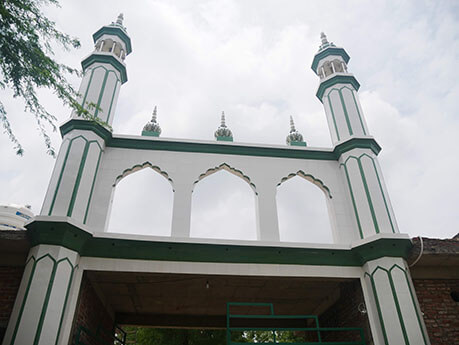
Eidgah
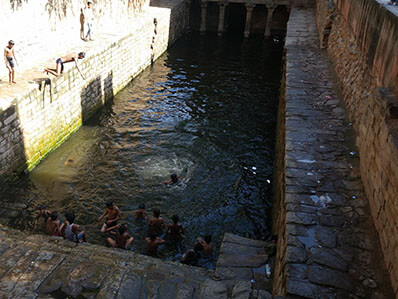
Gandhak Ki Baoli
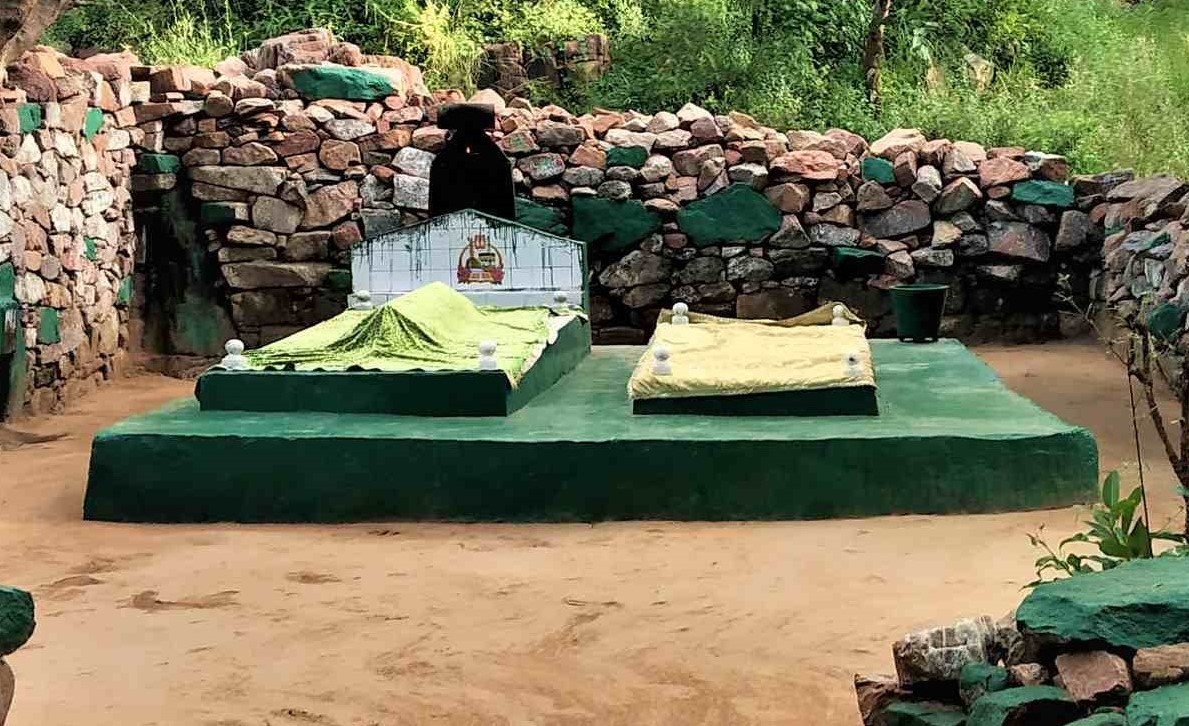
Haji Rozbih Dargah
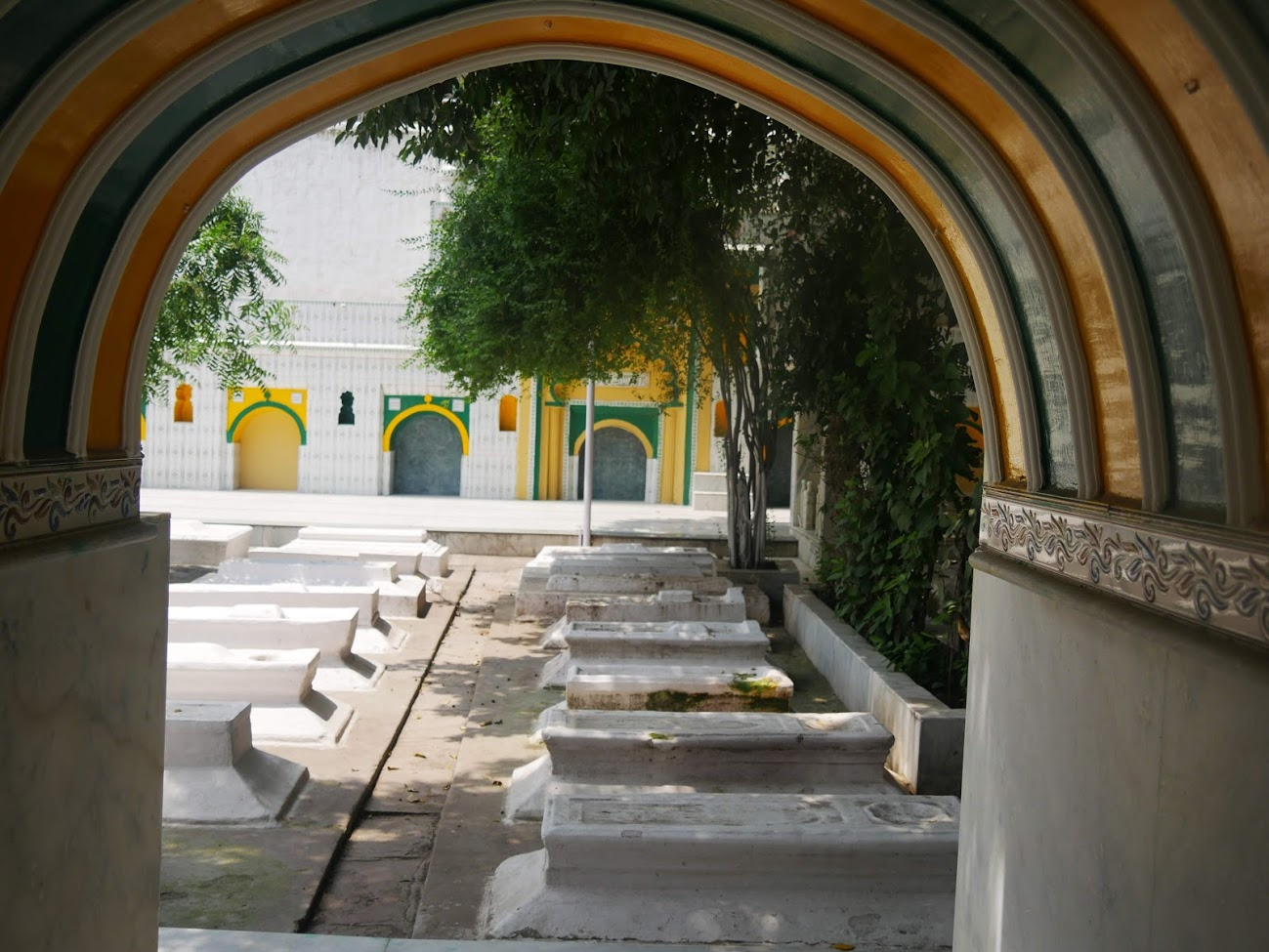
Hijron Ki Khanqah
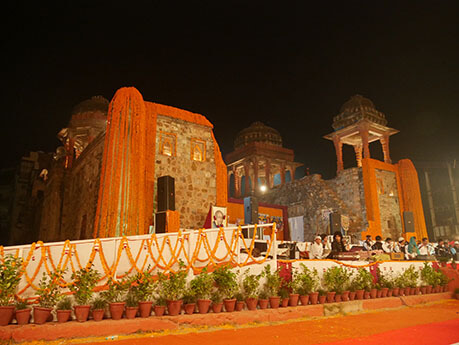
Jahaz Mahal
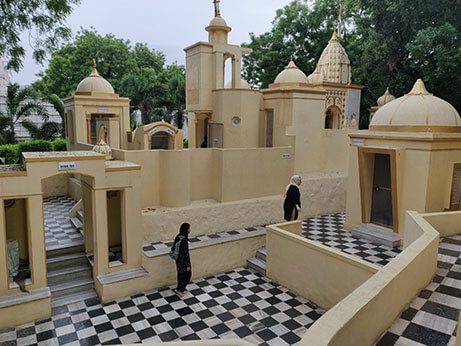
Jain Mandir Dadabari
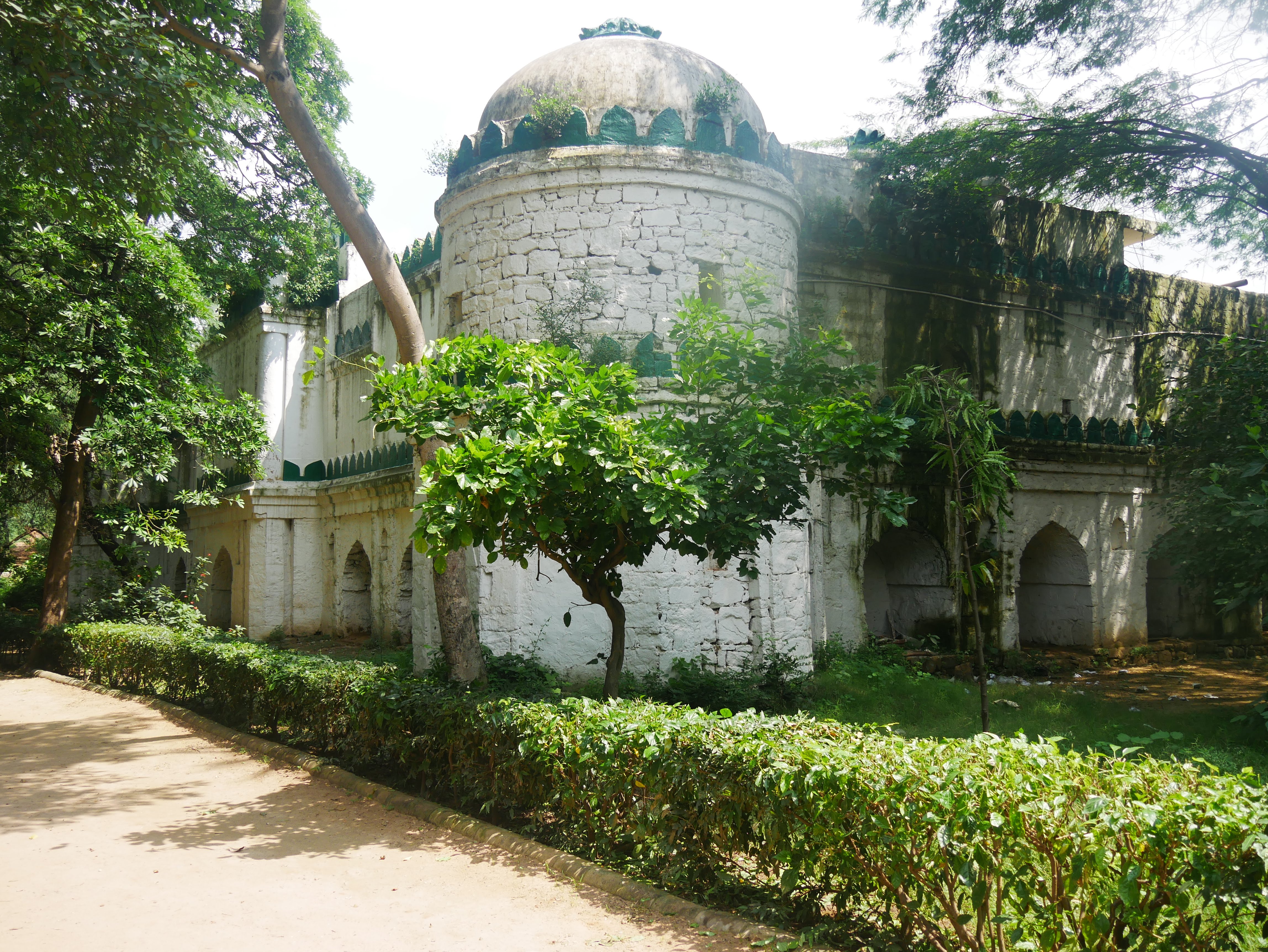
Jama Masjid Karmia
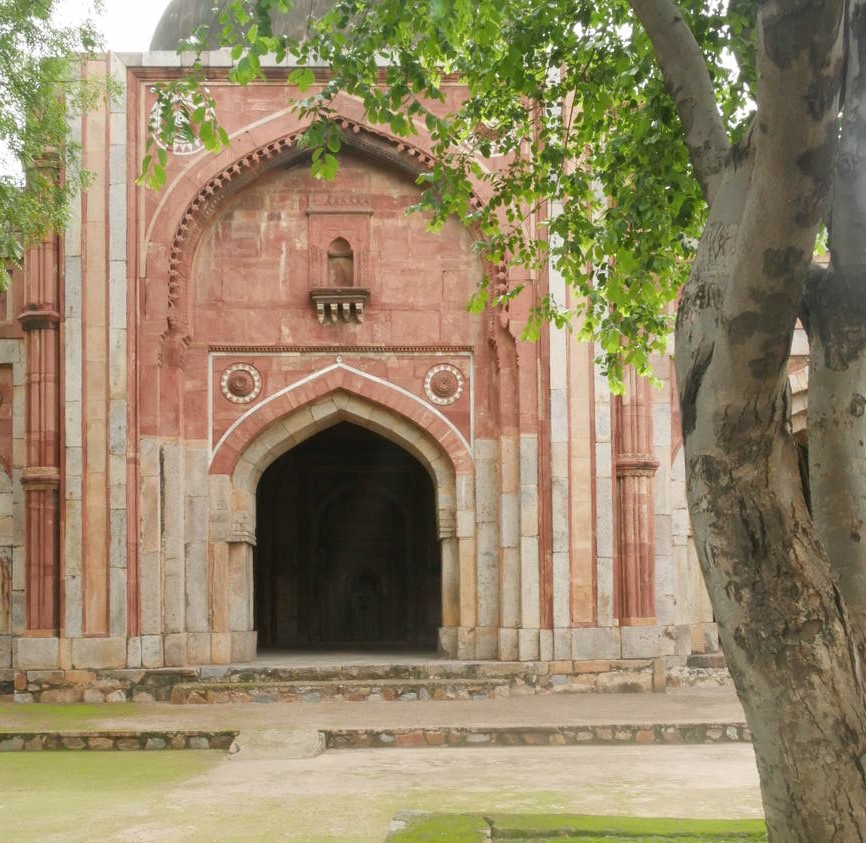
Jamali Kamali Mosque & Tomb
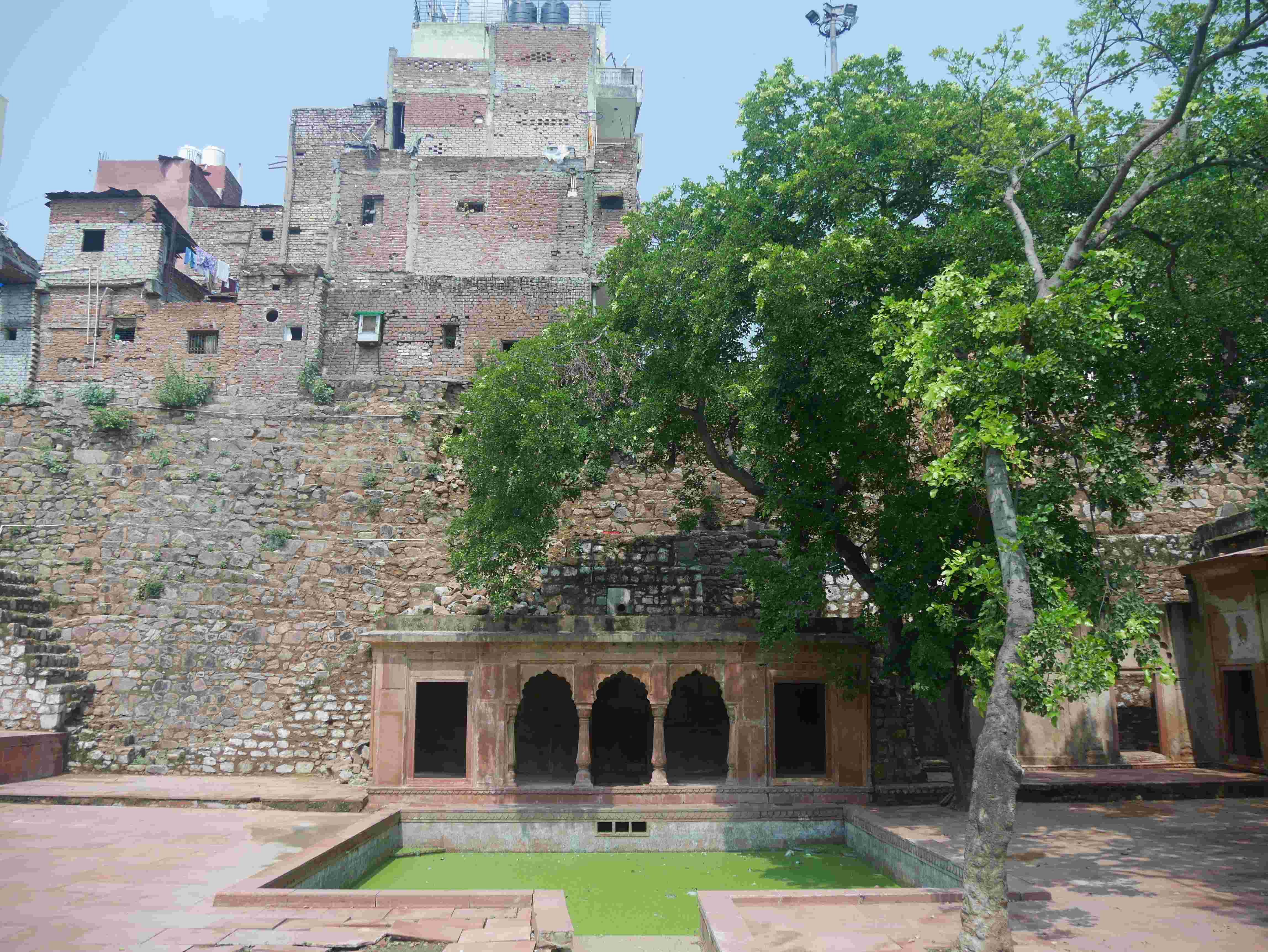
Jharna
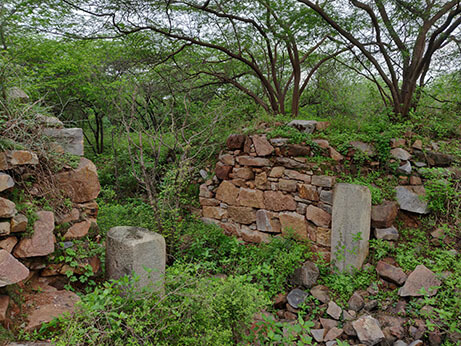
Lal Kot
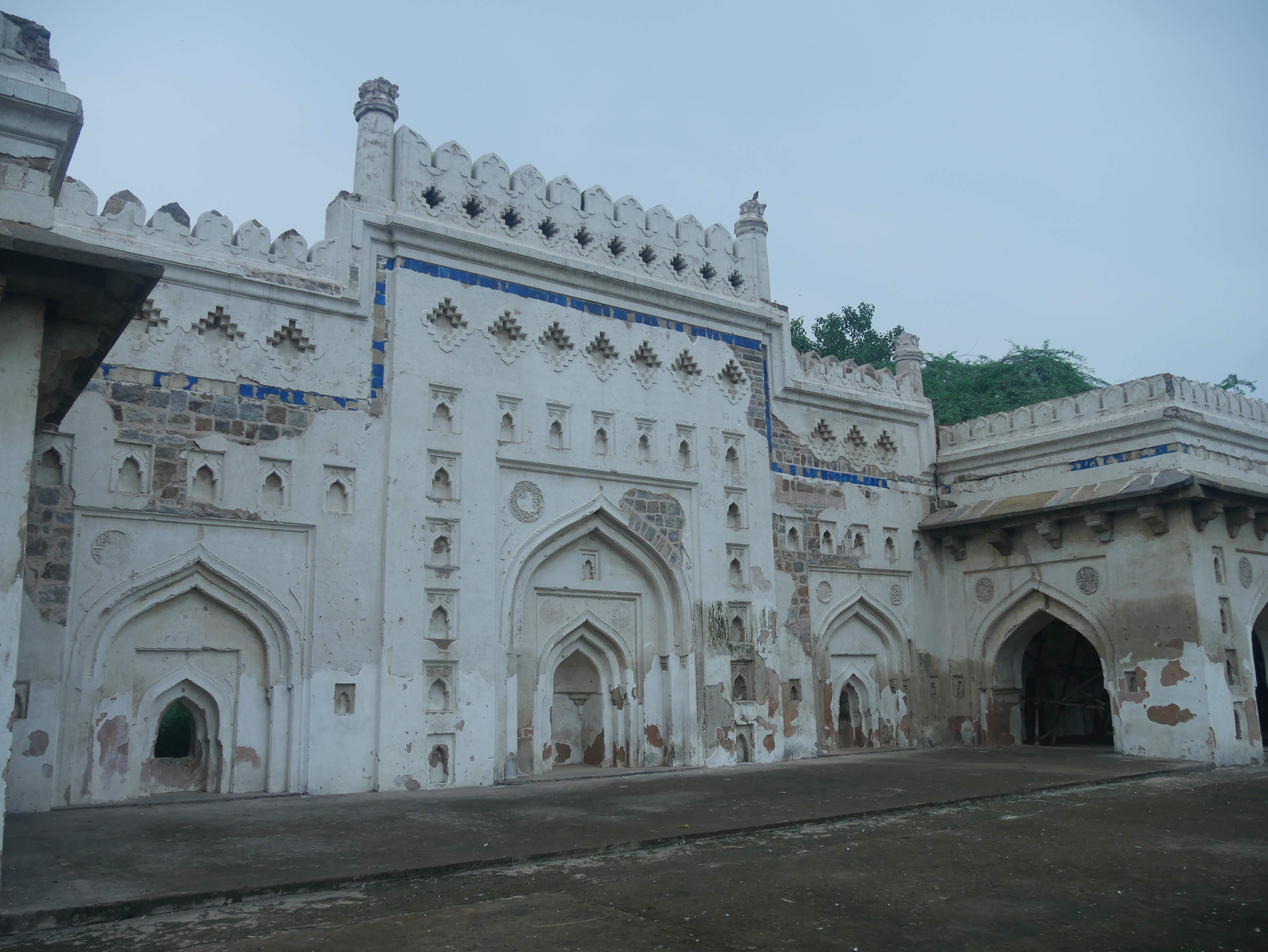
Madhi Masjid (Mosque)
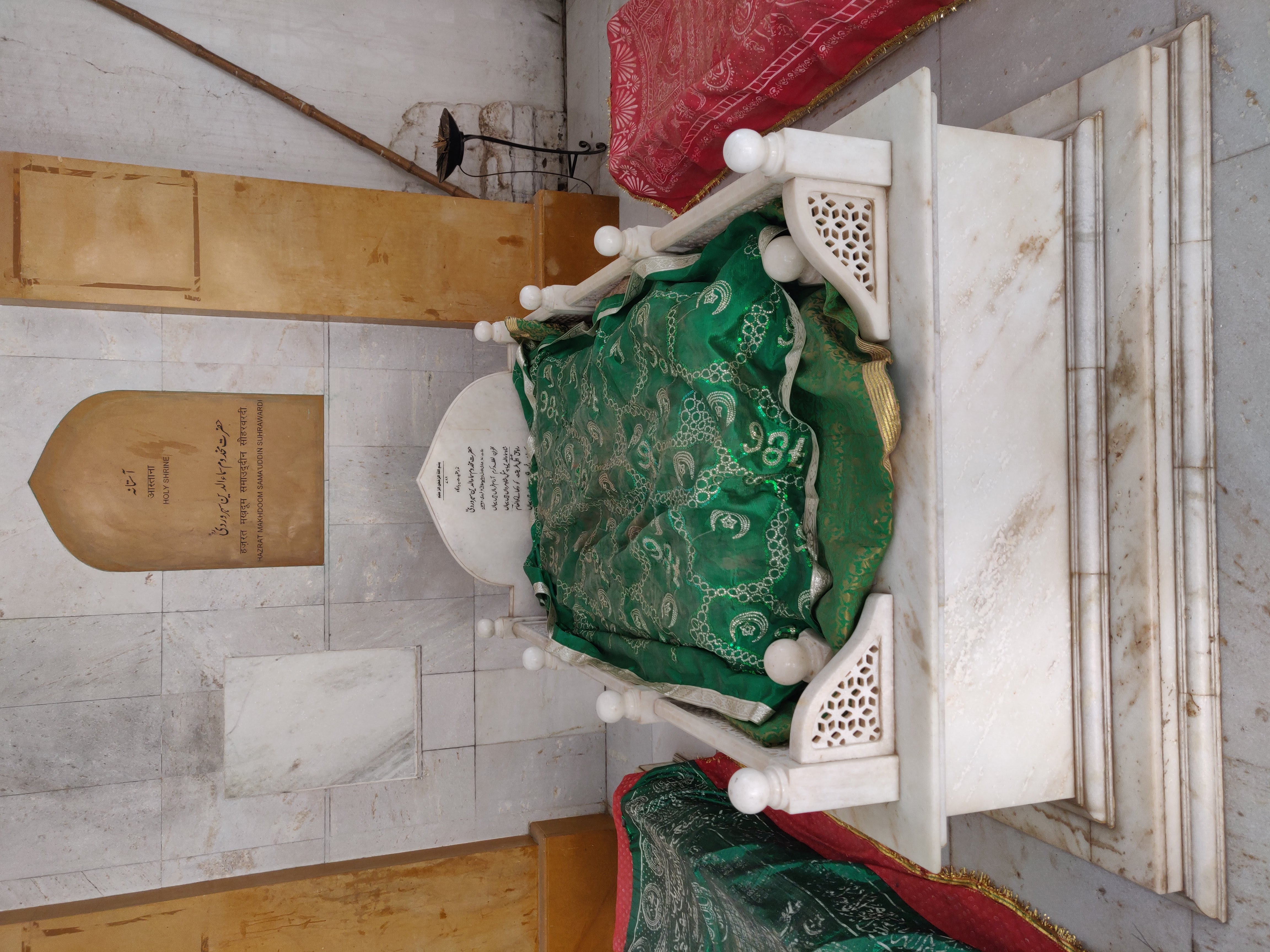
Maqdum Shah Dargah
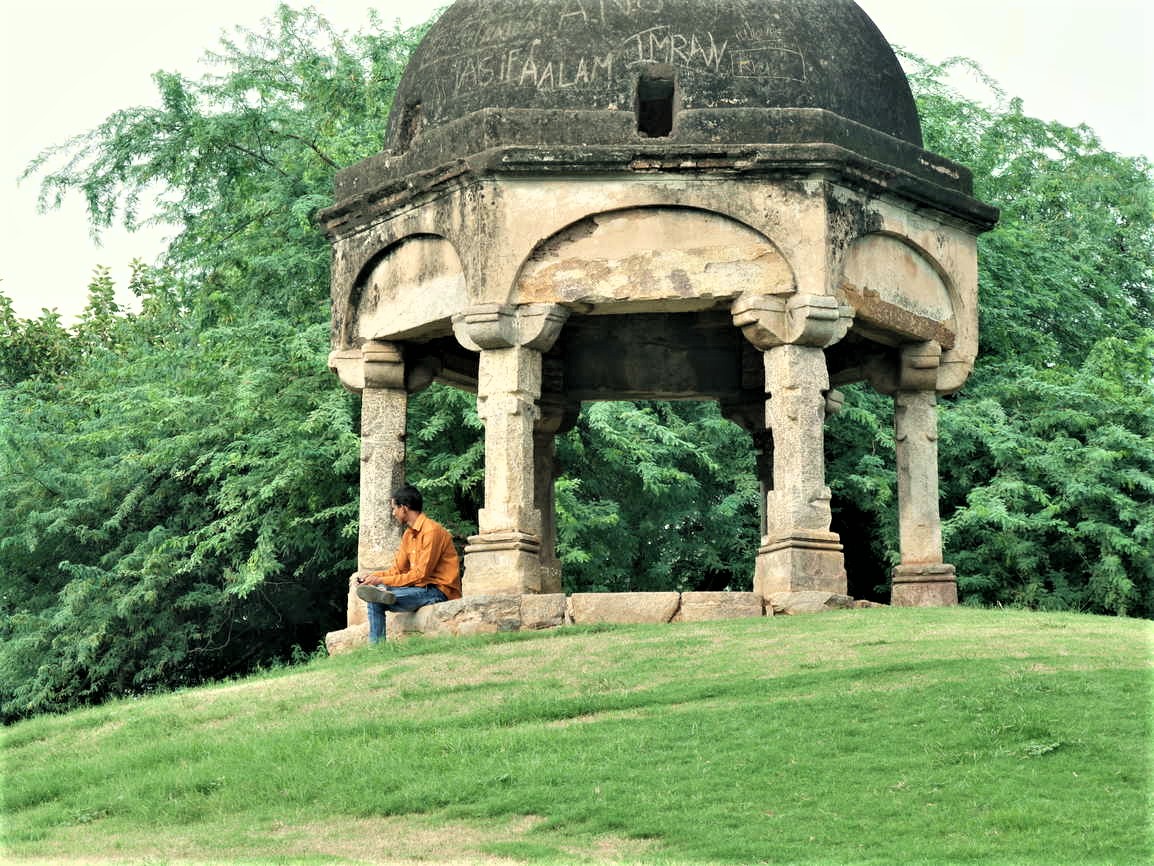
Metcalfe's Canopy
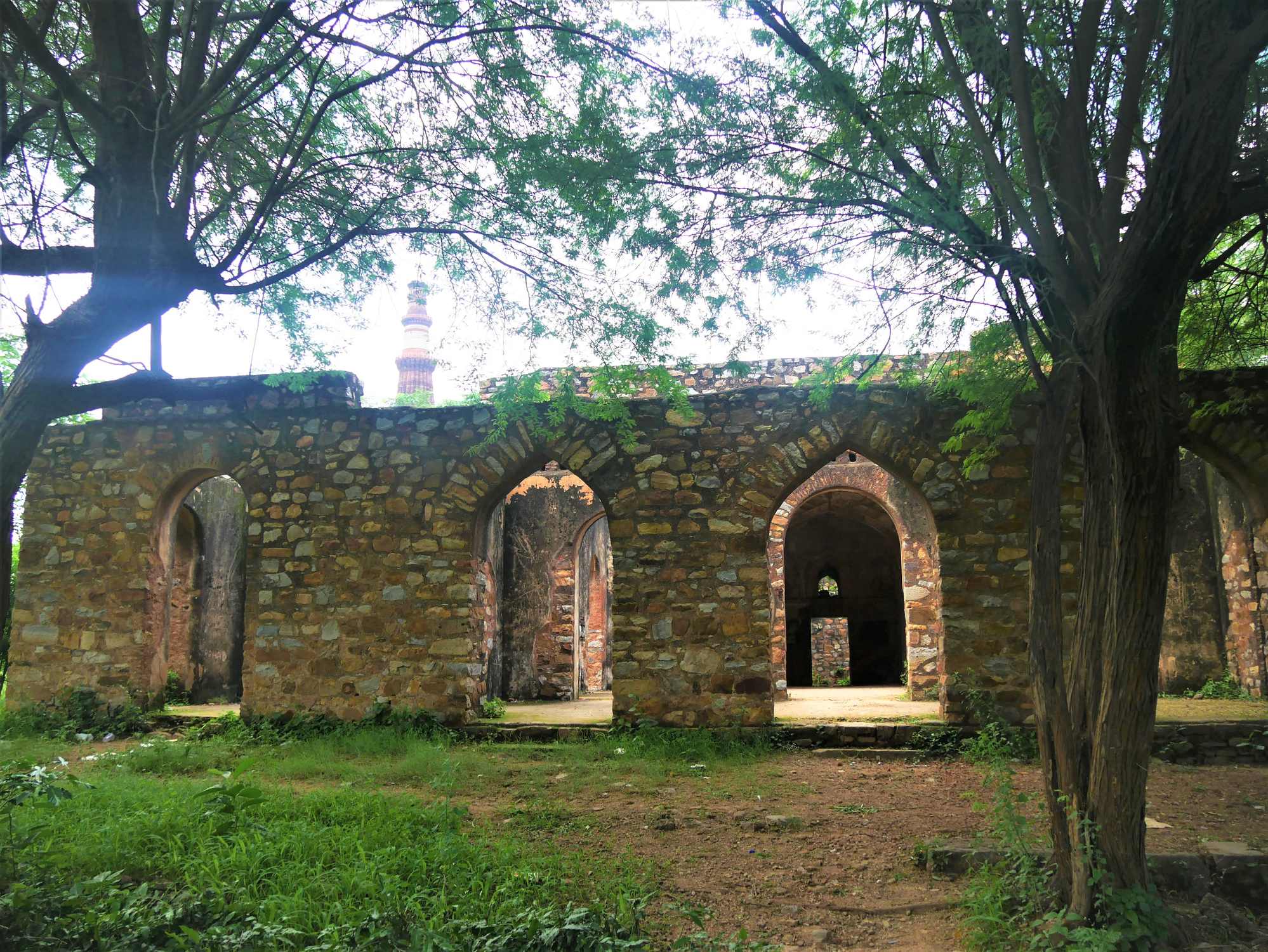
Metcalfe's House
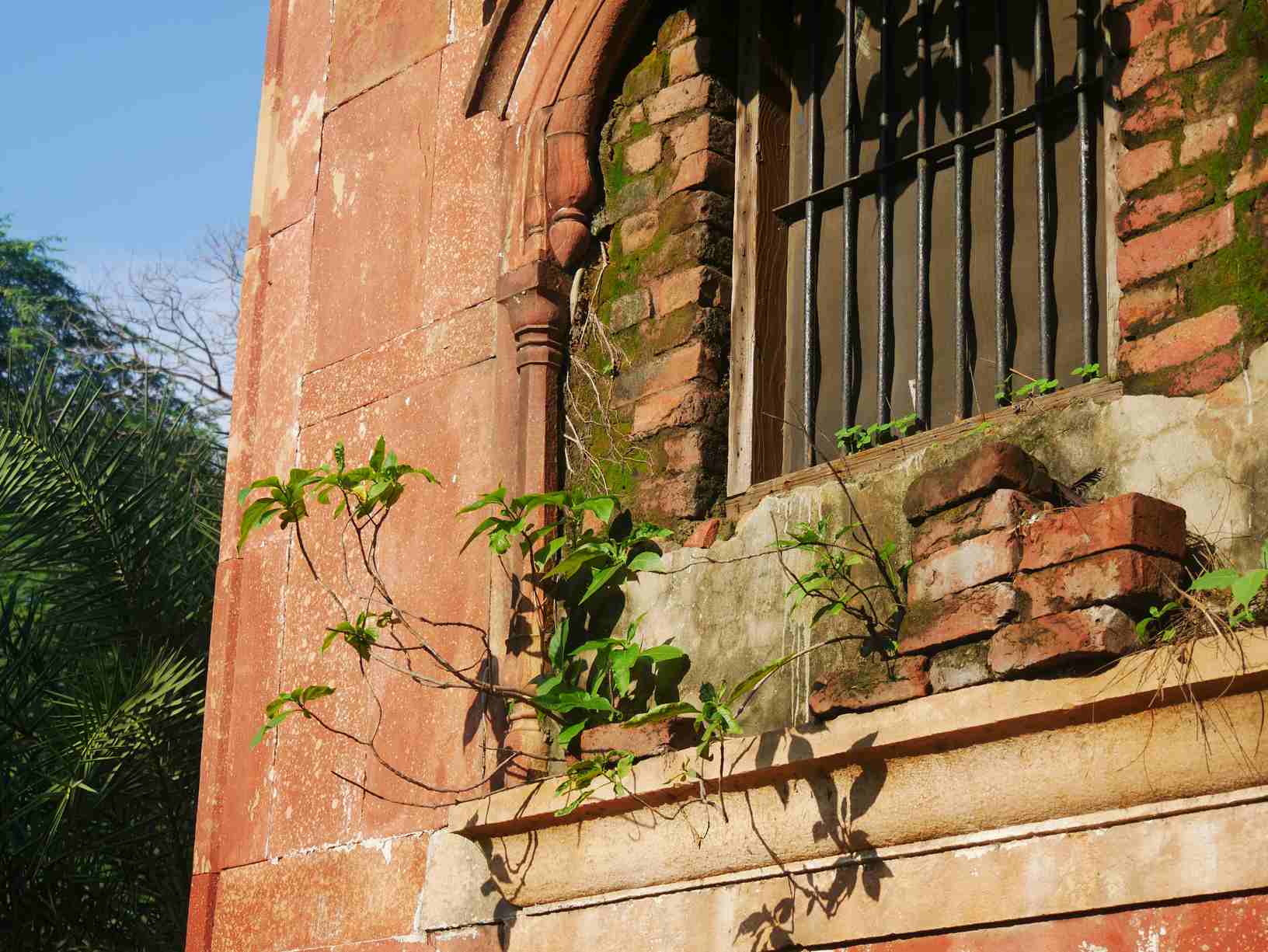
Nazir Ka Bagh
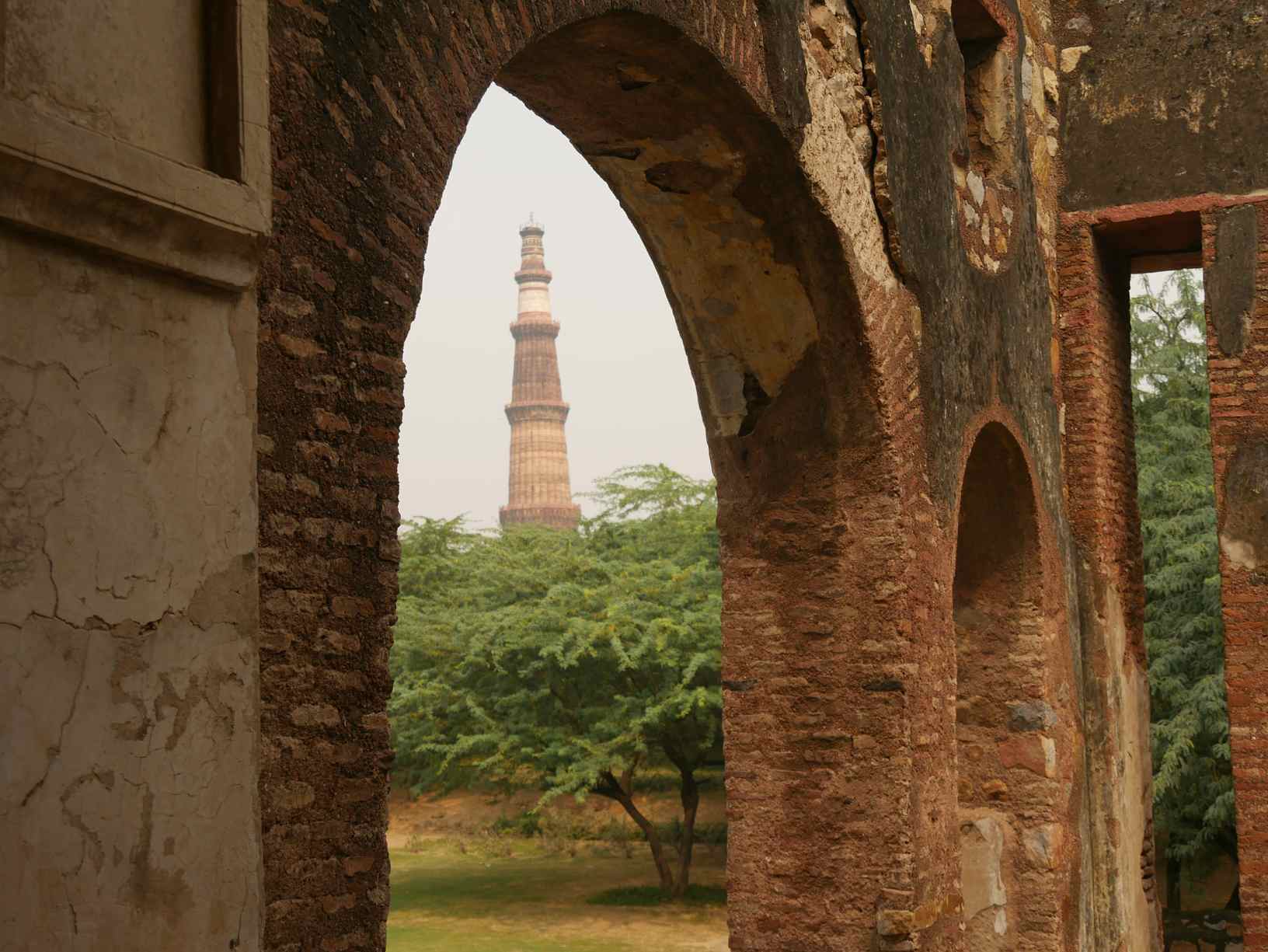
Quli Khan's Tomb (Dilkhush Treat)
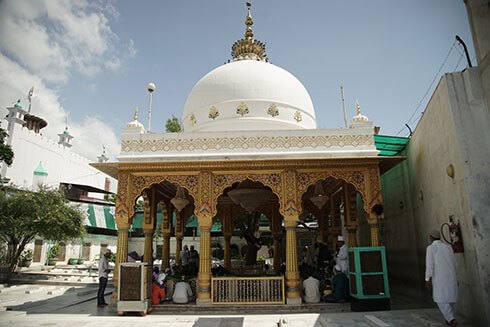
Qutbuddin Baktiyar Kaki Dargah
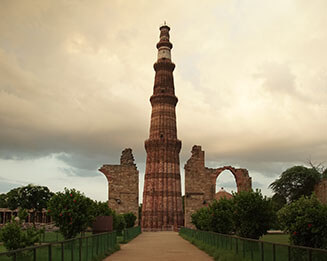
Qutub Minar
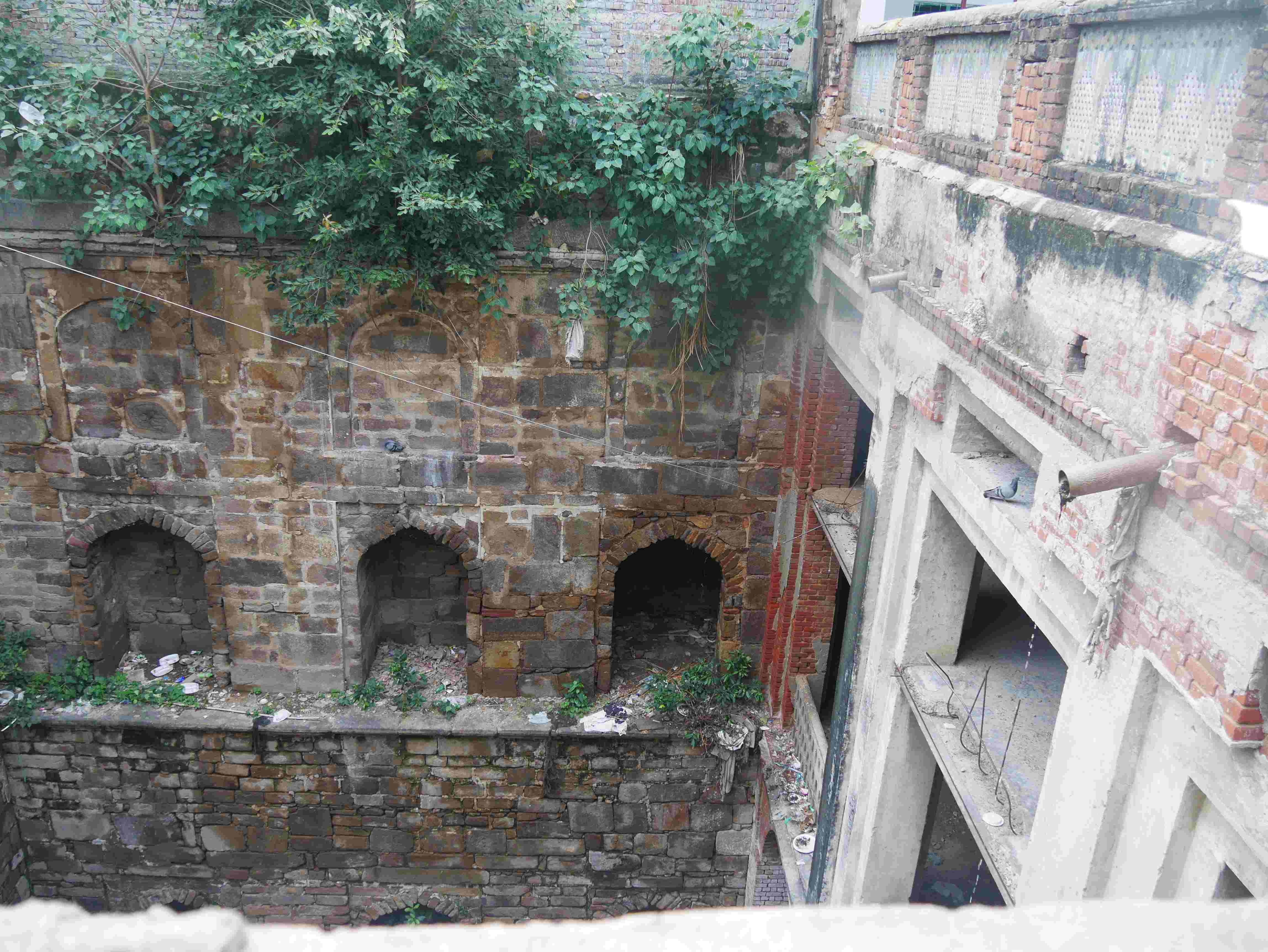
Qutub Sahab Ki Baoli
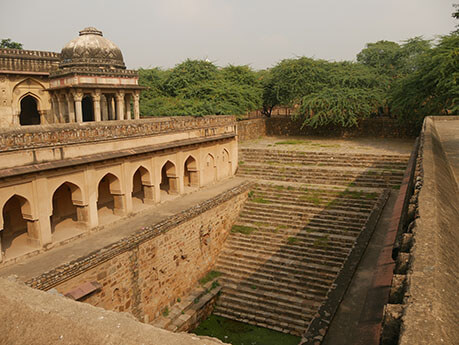
Rajon ki Baoli
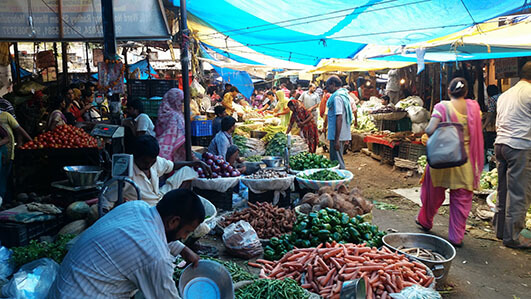
Sabzi Mandi
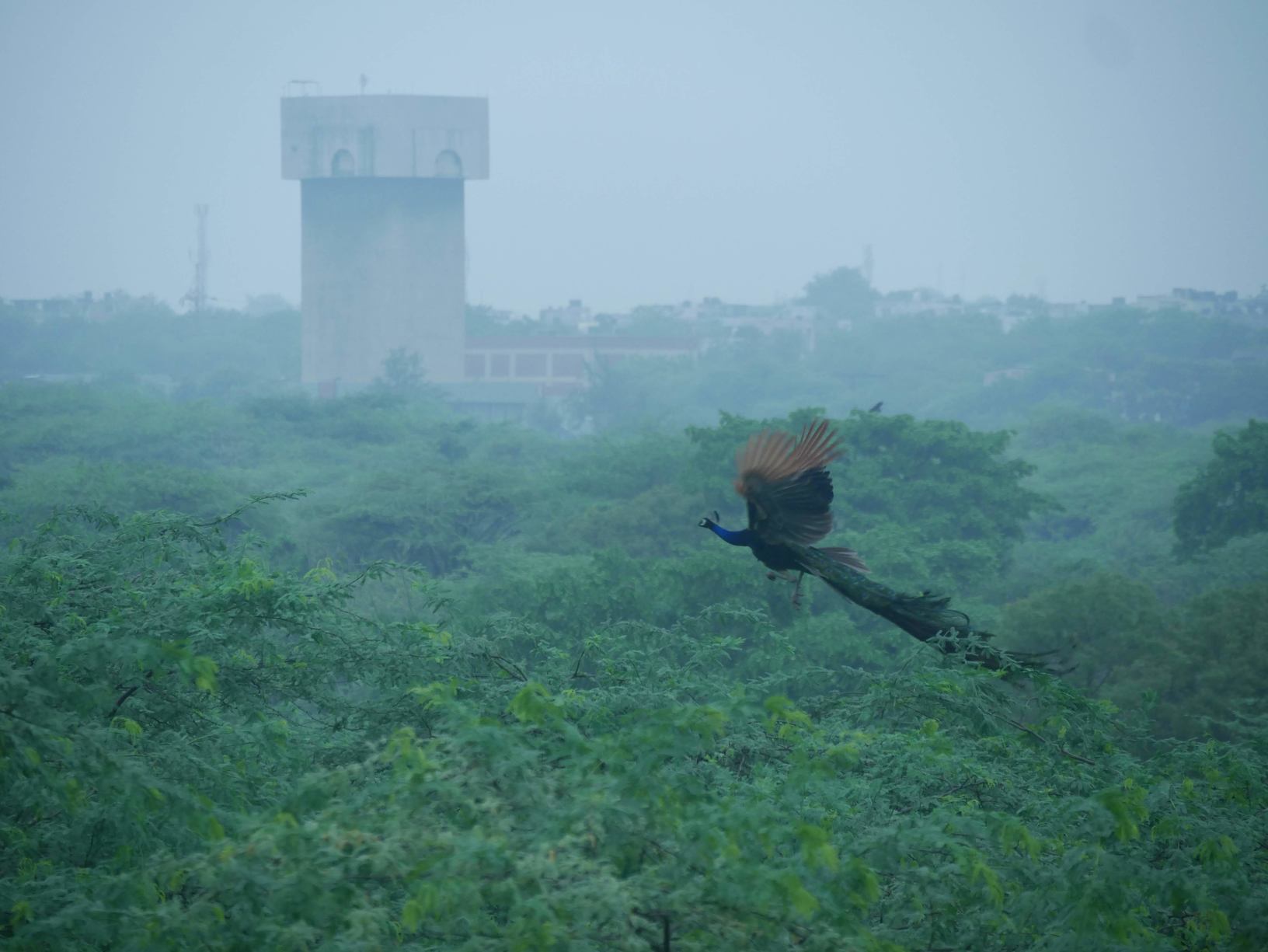
Sanjay Van
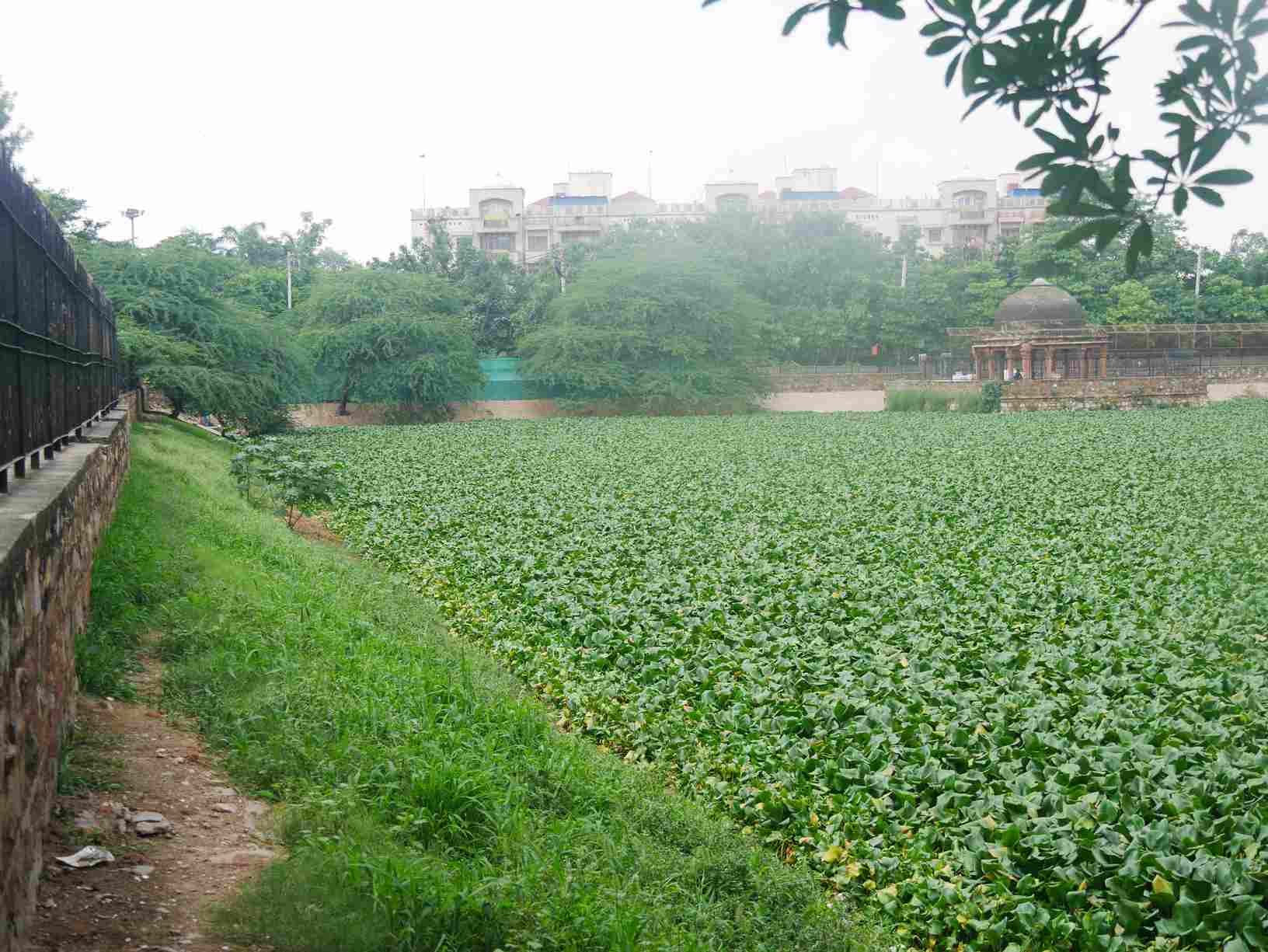
Shamsi Talab
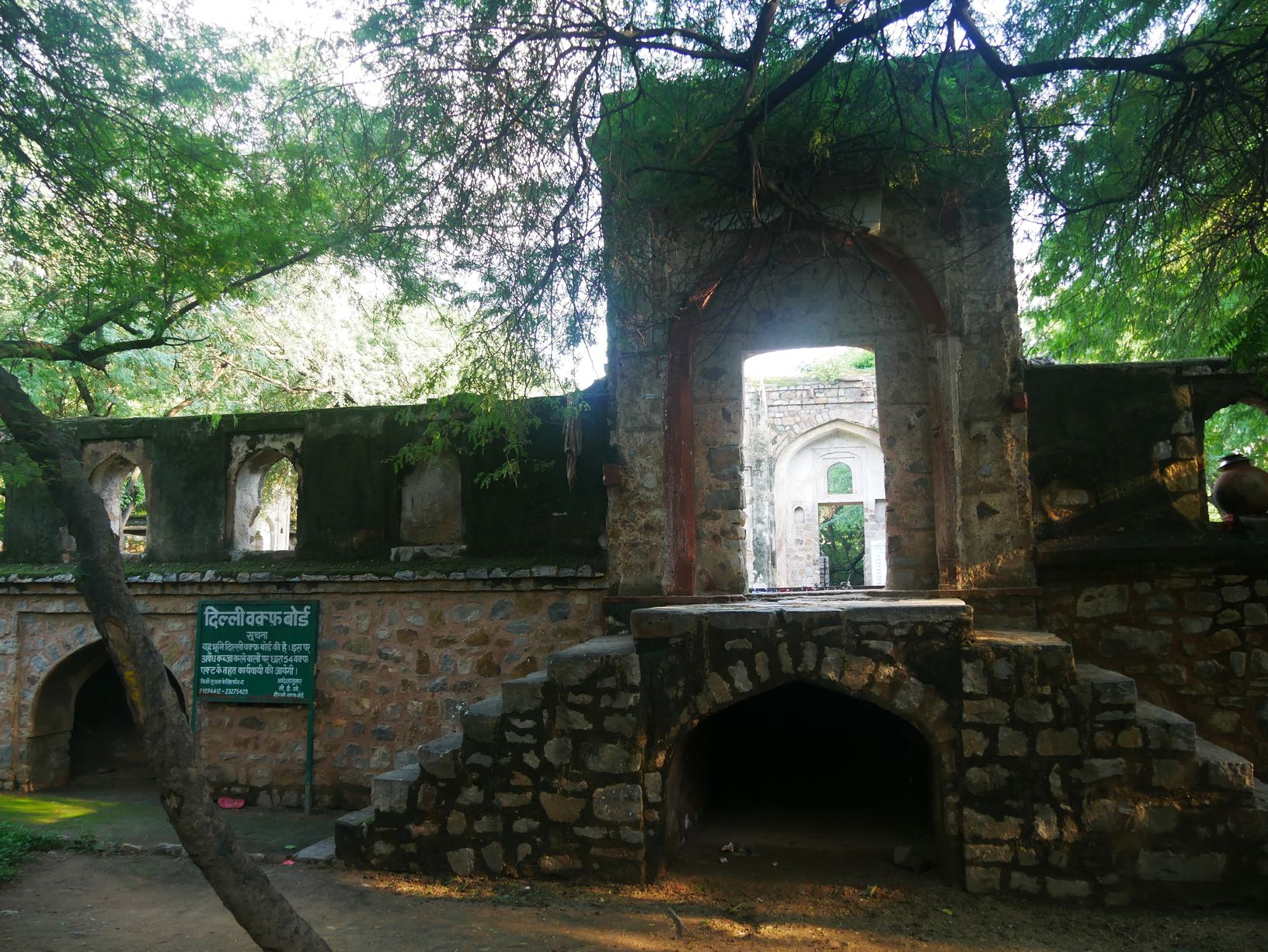
Sohailwali Masjid
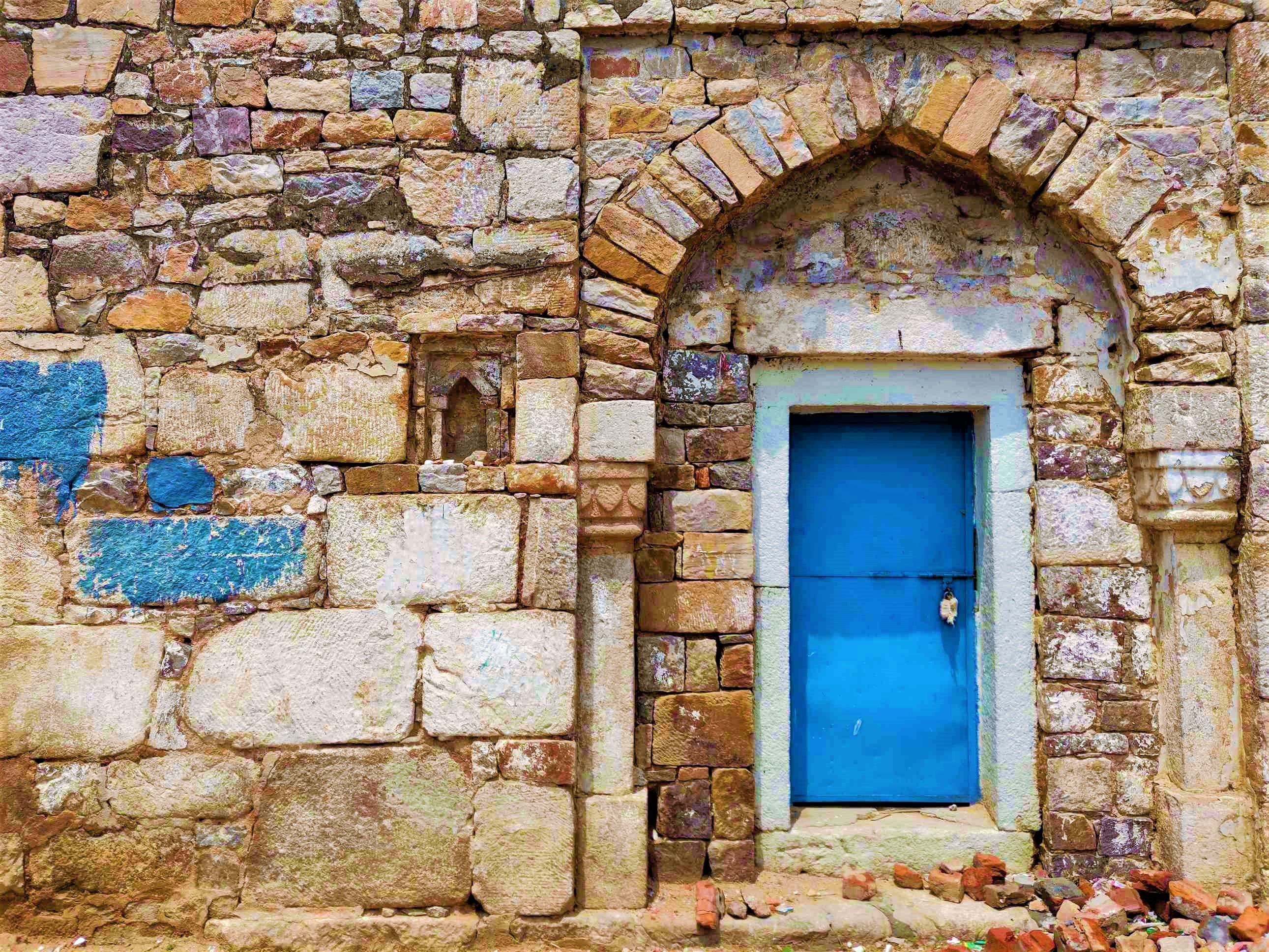
Son Burj Masjid
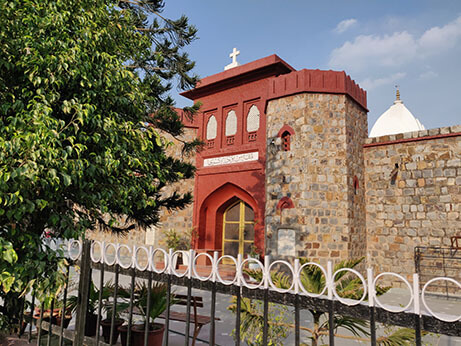
St. John's Church
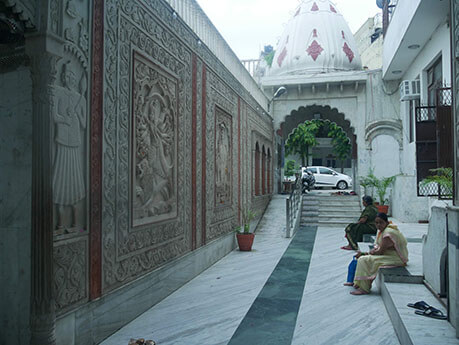
Yogmaya (Jogmaya) Temple
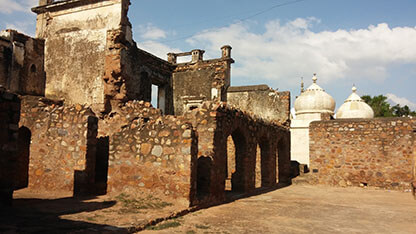
Zafar Mahal

